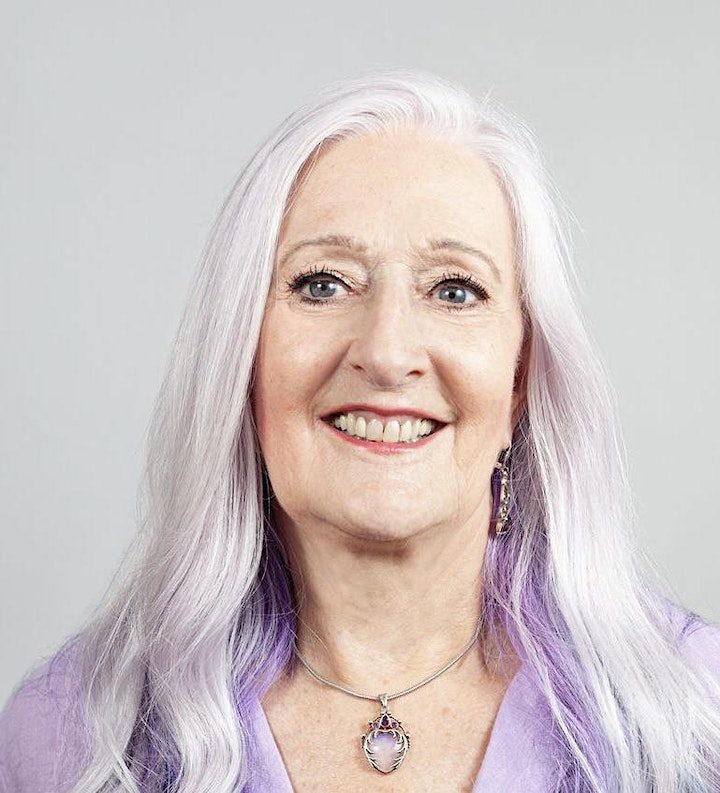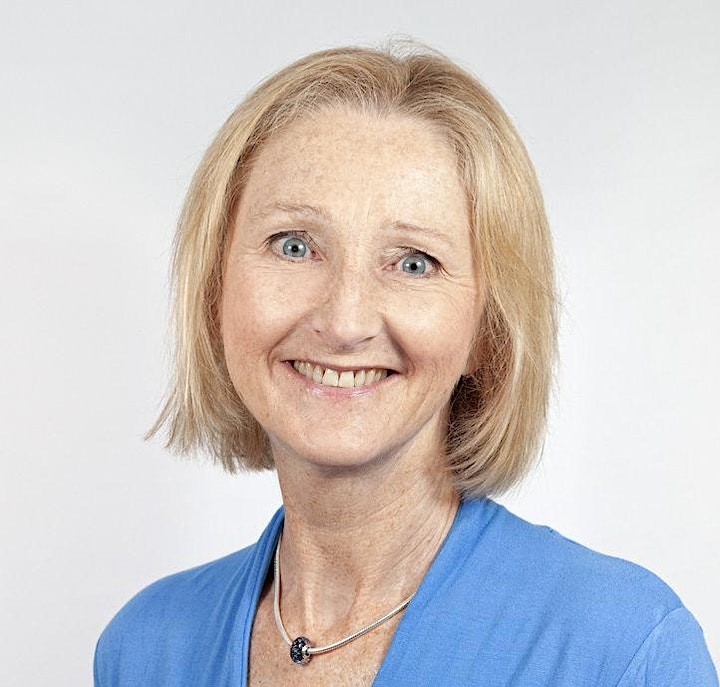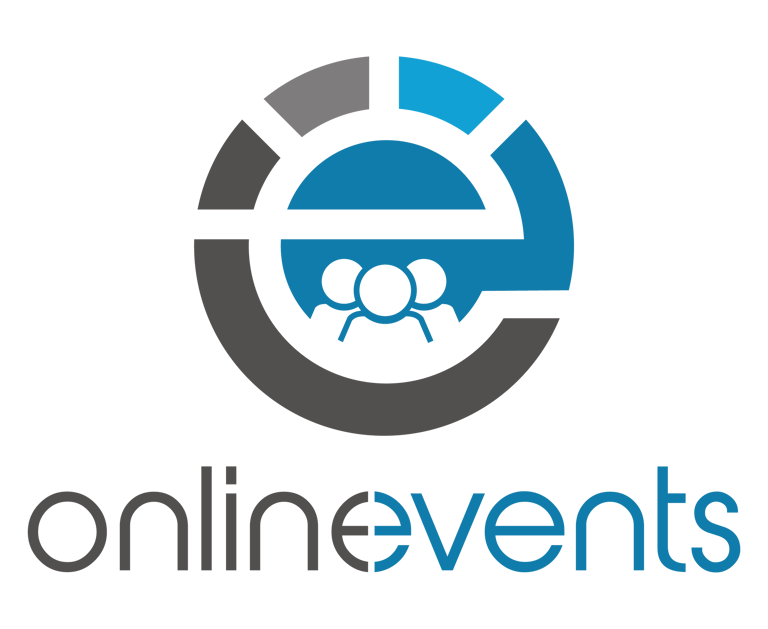The Drama Triangle as a way of graphically displaying the dance that occurs whenever we make someone else responsible for how we feel. According to Karpman, any time we don’t take responsibility for our feelings we are acting in a part of the Drama Triangle. The Drama Triangle can be a simple yet powerful mechanism for understanding the relationships.
Rescuer:
Let me help you! I am O.K. you are not OK but I will help you. Rescuer is often looking out for people it can help whether or not help is wanted or needed. They often feel guilty if they are not rescuing or helping. The down side of this is that it keeps the victim dependent and gives them permission to fail. The rescuer actually expects their rescue attempt to fail. “I am only valued for what I can do for others” implying if I succeed I will no longer be needed.
Victim:
Poor Me! I am not OK, you are OK, tell me what to do. Victim feels oppressed, helpless and hopeless, powerless and ashamed. They often look for a rescuer that will perpetuate their negative self-feelings. If the victim stays in victim position, they block themselves from making decision, solving problems, having pleasure or developing self-understanding. “I am powerless in the face of onslaught of the problems I encounter” implying they are unable to stand up for themselves or get what they want.
Persecutor:
It’s Your Fault! I am OK, you are not OK, and it is all your fault. They set strict limits unnecessarily, blames others, criticises and keeps the victim oppressed. This position is usually mobilised by anger or frustration not necessarily with the person who feels they are being persecuted. They can appear to be rigid, take an authoritative stance on many things. They often have a belief that the world is dangerous, and people can’t be trusted so I need to get them before they get me. The persecutor is usually trying to defend themselves before they get attacked.
WHY USE CREATIVITY IN YOUR PRACTICE AND WHY DOES IT WORK?
Creativity bypasses the conscious mind and provides a pathway to the unconscious mind. And that enables feelings, thoughts, beliefs and values to come to the surface that would otherwise be hidden. It’s at this deeper level that the more profound and lasting work can be done.
When clients only use their conscious mind, they may be locked by their thought patterns and not be able to find the right vocabulary to truly express what is going on for them. And that means you may only have part of the story to work with.
Working with the ChrisLin Method and the frameworks we share enables you and your client to safely explore the client’s hidden underlying patterns that can then allow them to make new choices about how they show up in the world.
Awaken your ability to use creative techniques by experiencing and learning how to use creativity in your practice. And by doing so, receive some much-treasured time to reflect on yourself too.
Learning Objective Participants Can Expect From This Event:
- Be confident with introducing creativity into your practice.
- Use a creative approach for transformational breakthroughs with clients.
- Realise the power and benefits of including creativity in your toolkit.
Who is This Workshop Appropriate For?
- Counsellors, art-therapists, therapists, coaches.
How May This Workshop Impact Your Practice?
- It provides a repeatable step-by-step guide on how to work with the topic using a creative intervention and a set of ChrisLin Method questions.
Course Content
Presenter

We have worked together for many years and through our work, research and 50+ years of collective experience, our philosophy has taken shape. Together we have designed and developed ‘The ChrisLin Method’ which is a simple and effective way of working creatively with clients…….. Click the website button to read more

Christina trained as a humanistic psychologist and counsellor in the early 1980′s and then went on to develop skills in Art Therapy and sand play, and became a NLP Trainer, hypnotherapist and a Clean Language and Symbolic Modelling Practitioner. Christina brings a deep understanding of the structure of clients thinking and over 35 years’ experience to the ChrisLin Method. She has worked as a counsellor, personal coach, team consultant and executive development coach and today she is a Coach Supervisor, Executive and Leadership coach and works with individuals using her unique 2-day Chrysalis process.

Lindsey found her real calling and moved from a career in the Tech sector in Sales and HR to qualify as an NLP practitioner, trained in many approaches including Clean Language, Transactional Analysis, CBT and Motivational Interviewing and is CIPD qualified. Her work is highly influenced by Bessel van der Kolk, Peter Levine and Stephen Porges and she brings her knowledge of systemic processes and coaching skills to co-develop the creative interventions of the ChrisLin Methods. Today she works with corporate and private clients who are at a significant crossroads in their lives, including those who are Neurodiverse.
Christina and Lindsey are co-authors of The ChrisLin Method, 5 Steps for Working with Imagery and Metaphor.


